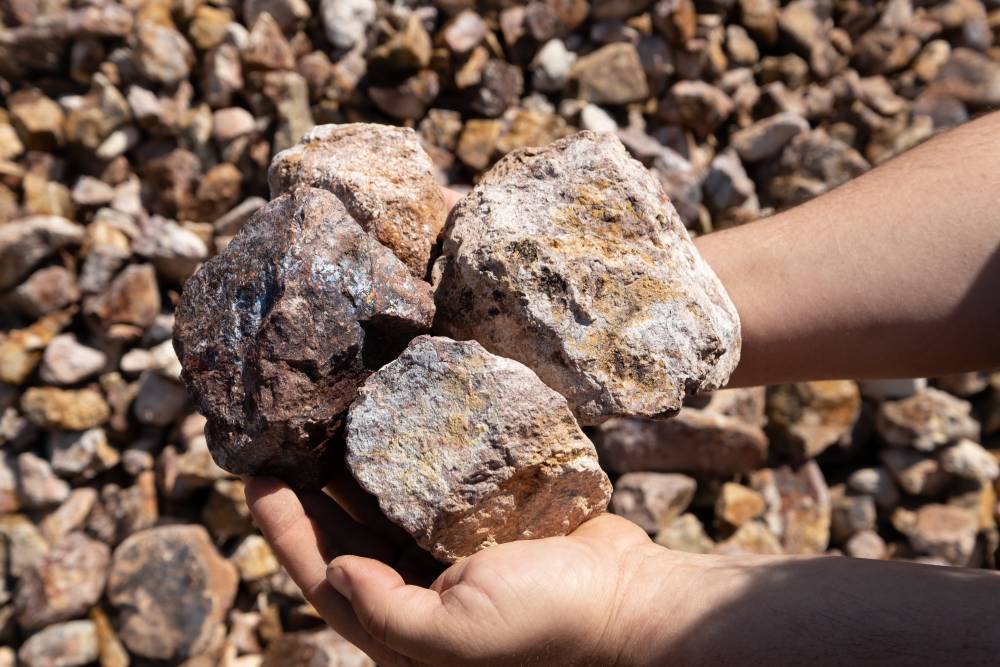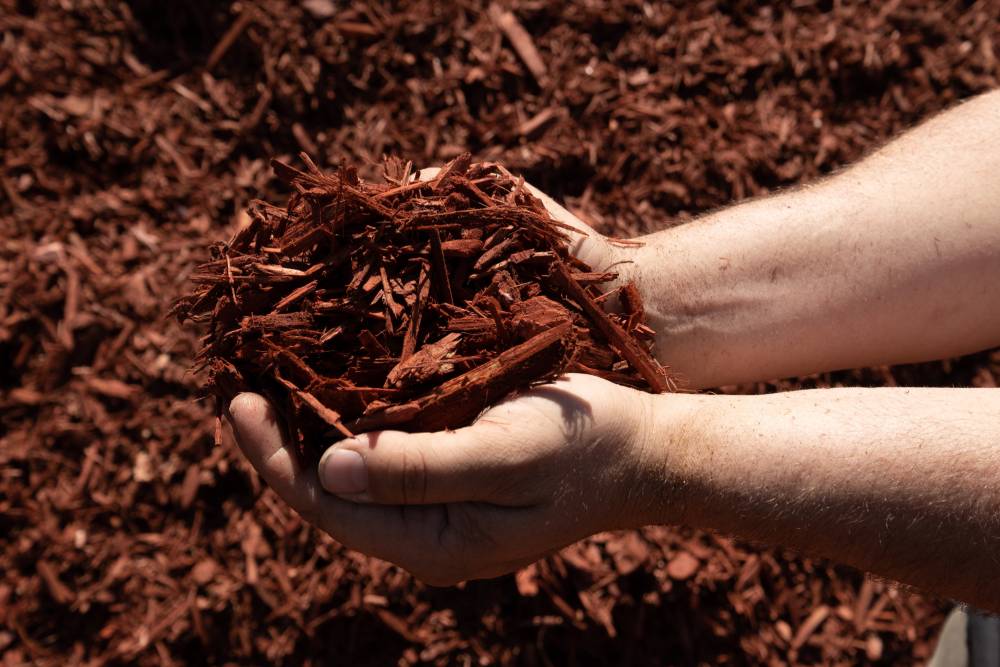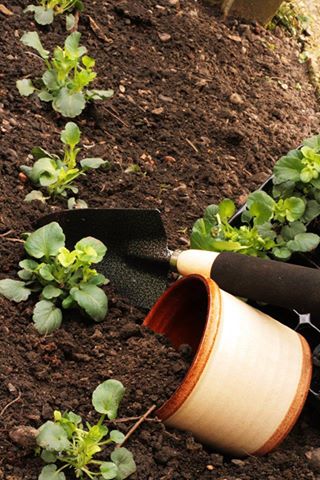 Get ready to enjoy the best vegetables you’ve ever eaten.
Get ready to enjoy the best vegetables you’ve ever eaten.
In many regions, vegetables will grow 3 or 4 seasons of the year. Warm-season vegetables, such as tomatoes and cucumbers, grow in the frost-free weather of late spring until fall. Cool-season vegetables, such as lettuce and broccoli, grow in the cooler weather of early spring and fall; most withstand light frosts.
In vegetable gardening, 3 things are absolutely crucial for success: full sun, good soil, and plenty of water. The next factors also make a big difference:
growing varieties adapted to your region
practicing good gardening habits
identifying and controlling pests
Because Bonnie plant varieties are distributed regionally, you will automatically have varieties for your area. Our web site can help with good gardening practices and identifying pests.
Relax with your first garden. You may make a few mistakes, but you’ll begin to understand what makes vegetables grow. Probably the biggest mistake first-time gardeners make is making the garden too big.
Make your first garden a manageable size. A few containers might be way to “dip your toe” in the water. Or, a raised bed measuring 4 x 8 feet, such as the ones featured in our raised bed section will give you plenty of space to learn. In the ground, the biggest that you might want to attempt is a 12 x 24-foot summer garden for a family of 4 that could include: 3 hills of yellow squash; 1 mound of zucchini; 10 assorted peppers; 6 tomato plants; 12 okra plants; a 12-foot row of bush beans; 2 cucumbers on a cage; 2 eggplant; 6 basil, 1 rosemary, and a few low herbs such as oregano, thyme, and marjoram tucked in here and there.
When you grow vegetables, you and your kids learn a lot about nature, too.
Spending time in a garden will actually grow more than vegetables. You’ll be surprised how much you learn, and you can pass on that knowledge to little ones, too.
You’ll be surprised how quickly vegetables develop. Most grow from a tiny transplant to a full harvest in 30 to 90 days. Because of this, vegetables cannot be ignored. Overgrown zucchini will look like a baseball bat and over-mature okra are like cardboard. On the other hand, a garden grown okra pod is usually flawless, not skinned and browned in shipping. Zucchini and other vegetables are the same way. And their flavor is fullest because they have been on the plant until the last possible moment, building flavors and sugars to full ripening.
The first season is usually the hardest because of the time, cost, and work in setting up the garden. The next time you plant it is much, much easier. The main set up will have been done.
And don’t give up. You will make mistakes. So did Einstein. A vegetable garden asks that you check it almost daily for water, pest control, and harvest. If you do that, you will discover a new dimension to living. What you see and learn in those regular visits is as rewarding as the harvest. Enjoy.
Article source: http://bonnieplants.com/library/are-you-new-to-vegetable-gardening-read-this-first/





 Get ready to enjoy the best vegetables you’ve ever eaten.
Get ready to enjoy the best vegetables you’ve ever eaten.